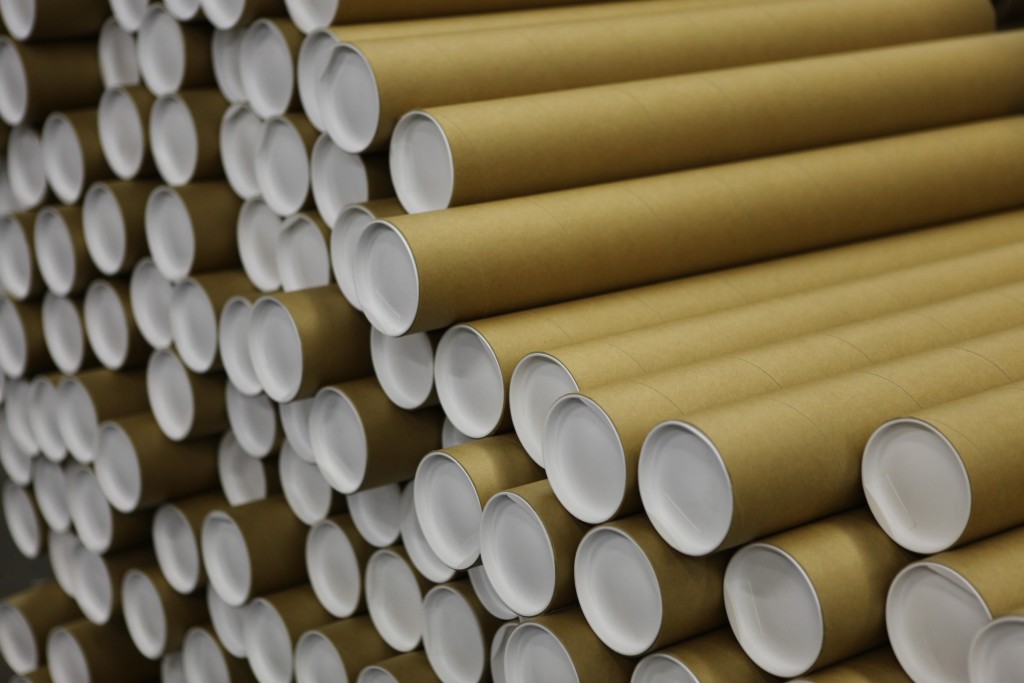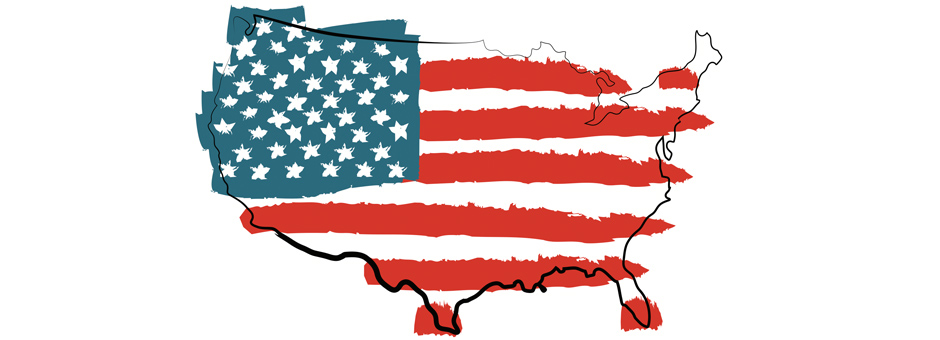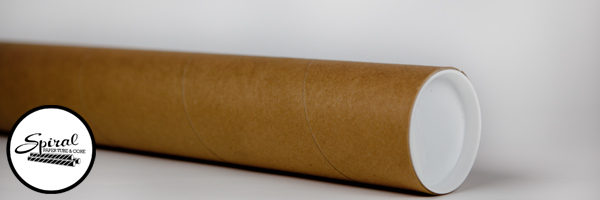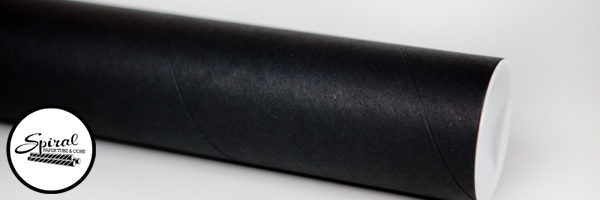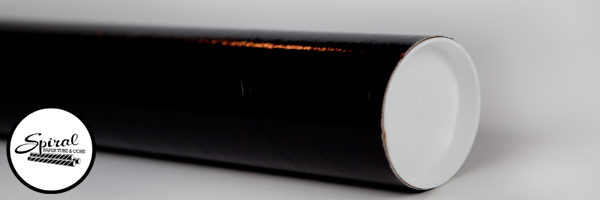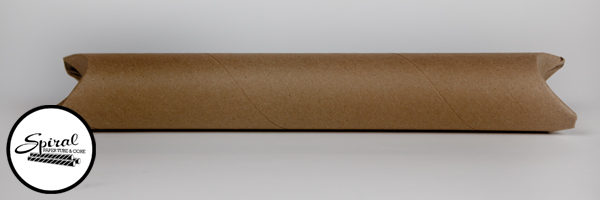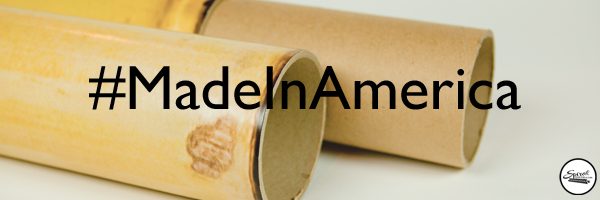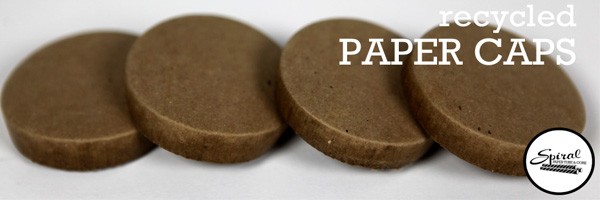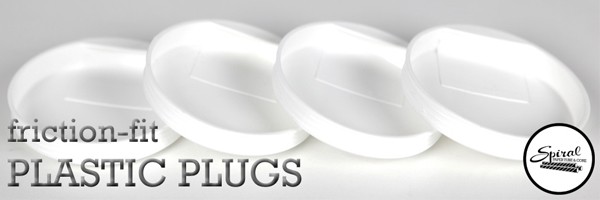Since 1949, we’ve been making poster tubes here in Los Angeles. Hollywood is just a few miles away. Each time a new movie is released, movie posters are printed and need to be shipped around the country.
The best way to ship a movie poster is rolled up and inside a poster tube.
Movie posters are often seen in windows, on bus benches, and inside movie theaters.
The most common inside diameter for poster tubes is 2″, but larger posters often fit better in 3″ diameter poster tubes.
Need poster tubes? Please let us know how we can help you.


